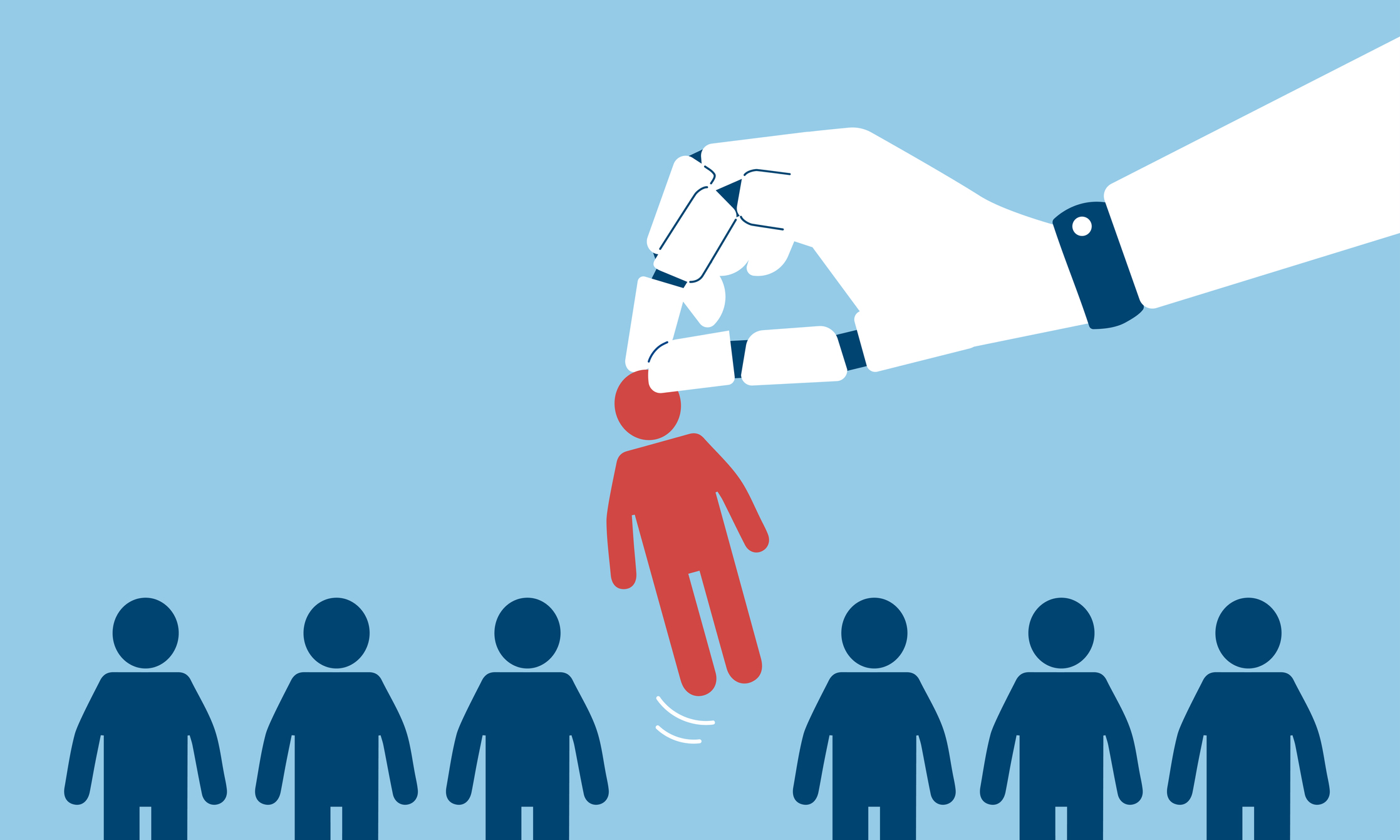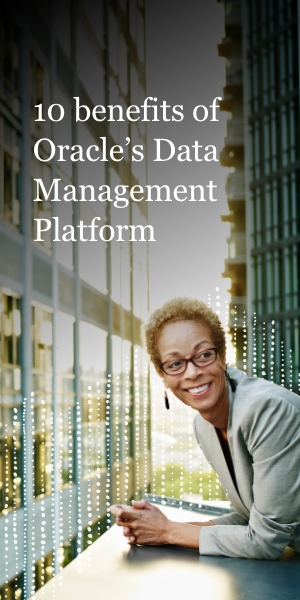Hired by machines: Exploring recruitment's machine-driven future
As HR begins to incorporate AI, psychometrics, and digital twins, what does this mean for job seekers and businesses alike?


This article originally appeared in issue 23 of IT Pro 20/20, available here. To sign up to receive each new issue in your inbox, click here
As businesses redraw their digital transformation roadmaps, and with skills shortages persisting, enterprises are turning to new technologies to improve recruitment. Over a third of employees (38%) are seeking to change roles with the next six to 12 months, according to Personio. Organisations are hoping to slow this talent exodus by adopting artificial intelligence (AI) tools – particularly machine learning and psychometric testing – to onboard and retain new recruits.
Human resources (HR) teams are now mirroring the use of automation across the wider business, with systems being used, for example, to filter candidates based on pre-defined criteria. Psychometrics, the science of testing mental processes such as motivation, aptitude and knowledge, is also being used to narrow the field. Recruitment, however, is a sensitive area, and implementing these technologies carries risks, especially given the propensity for algorithms to show bias.
Trusting the machine
With predictive analytics demonstrating successes in other areas of the business, applying these technologies to recruitment is becoming more appealing; having the potential to forecast what talent and skills will be needed in future can be powerful. HR professionals are already incorporating machine learning tools into recruitment to make better decisions: in screening, testing, interviewing, and generating future performance metrics.
Akhila Nagabandi, head of HR for internet marketing firm Pearl Lemon, for example, explains how her firm has used AI to identify and onboard more than 200 employees and interns over the past five years. “We created automated systems that filtered out those who didn't fit our qualifications or who didn't have the proper means to handle the job requirements,” she says. “We've also seen it work against us, however, when candidates feel like the hiring process was impersonal.”
Such tools can be useful, but they mustn’t be used as a panacea for professional HR practices, David Shrier, professor of practice (AI and innovation) with Imperial College Business School, and CEO of Esme Learning Solutions, tells IT Pro. “People are struggling to find a means of predicting success. It’s so expensive to replace a bad hire. As it’s as much as 15 times the base salary, HRs are grasping at tools to try and head off these problems,” he says. “Unfortunately, a number of these tests are unreliable in predicting future outcomes. The industry that sells them, therefore, is making a good deal of money offering psychometric testing, but the results are decidedly uneven.”
Rage against the algorithm
The challenge for all businesses is ensuring any automated systems incorporated into the recruitment process are fair in their approach, and unbiased in the recommendations they make. Amazon, for instance, scrapped an AI recruitment tool in 2018 after machine-learning specialists uncovered a bias against women.
Get the ITPro daily newsletter
Sign up today and you will receive a free copy of our Future Focus 2025 report - the leading guidance on AI, cybersecurity and other IT challenges as per 700+ senior executives
Machine learning systems should be set up and deployed to reduce bias and avoid rejecting potentially ideal candidates, says Josh Bersin, CEO and HR analyst of the Josh Bersin Company. “There are many 'gotchas' when using automated processes,” he says. "The truth is AI systems are always biased in some way, so there's a chance of lawsuits about allegedly discriminatory practices or simply poor hiring styles that leave out great people and irritate job candidates.
“Positive candidate experience is a huge factor in recruiting now. Chatbots and other screening tools work very well in terms of improving this, but they have to be trained by humans on an ongoing basis – essentially, a whole new HR skillset."
In its report on the legal implications of AI in the workplace, the Trade Union Congress (TUC) also found that gaps in employment law could lead to widespread discrimination in the workplace. “Without fair rules, the use of AI at work could lead to widespread discrimination and unfair treatment – especially for those in insecure work and the gig economy,” said TUC general secretary, Frances O’Grady, in response to the findings. “Every worker must have the right to have AI decisions reviewed by a human manager. And workplace AI must be harnessed for good - not to set punishing targets and rob workers of their dignity.”
Bolstering the talent pipeline
RELATED RESOURCE

Ten benefits of Oracle’s data management platform
Freedom from business constraints and manual IT tasks
Oracle has previously backed the use of AI in recruitment, suggesting it can allow a business to realise the full potential of talent management. Such systems can personalise career development, optimise succession planning, close skill gaps and steer compensation strategy, the firm argues. Indeed, CV filtering and personality testing, alongside measuring candidate engagement during and after the recruitment process, are already being embraced by HR departments, as they battle to ensure their companies optimise recruitment.
Despite the risks, Shrier only sees this trend expanding. "I think we will reach the period of having AI digital twins interviewing each other, where the candidate creates an AI clone of themselves that gets interviewed by an AI clone from the HR department,” he says. “Properly programmed, this could actually improve efficiency and outcomes, once we’re able to create AI that truly can understand and emulate someone’s personality. Instead of just screening a stale set of résumé statistics, you are getting a sense of the worker and how they will perform.”
AI and HR are fast becoming symbiotic, adds AI expert and author of Deep Tech and the Amplified Organisation, Simon Robinson. “AI promises to truly revolutionise HR, elevating HR into a far more strategic role than it traditionally has had,” he explains. “The challenge for HR professionals is to integrate AI not only into their departmental processes, but to develop a complete understanding of their organisation’s digital operating model to transform the employee experience, accelerate decision making and become more intelligent in automating tasks that free up staff to better drive innovation.”
For all the potential these systems may offer, businesses shouldn’t forget the governing policies that go hand-in-hand with deployment. Ignoring concerns around risks may lead to the unintended consequences of discrimination and bias, as historical examples show. This may come alongside ill-informed decision making if the systems deployed aren’t fool-proof. No matter how far recruitment processes are automated, HR professionals will also always need to oversee the AI tools in use; these systems can improve efficiency in recruitment, but must only be used with great care and attention.
David Howell is a freelance writer, journalist, broadcaster and content creator helping enterprises communicate.
Focussing on business and technology, he has a particular interest in how enterprises are using technology to connect with their customers using AI, VR and mobile innovation.
His work over the past 30 years has appeared in the national press and a diverse range of business and technology publications. You can follow David on LinkedIn.
-
 Bigger salaries, more burnout: Is the CISO role in crisis?
Bigger salaries, more burnout: Is the CISO role in crisis?In-depth CISOs are more stressed than ever before – but why is this and what can be done?
By Kate O'Flaherty Published
-
 Cheap cyber crime kits can be bought on the dark web for less than $25
Cheap cyber crime kits can be bought on the dark web for less than $25News Research from NordVPN shows phishing kits are now widely available on the dark web and via messaging apps like Telegram, and are often selling for less than $25.
By Emma Woollacott Published
-
 Tech talent shortages mean firms are scrapping traditional recruitment strategies
Tech talent shortages mean firms are scrapping traditional recruitment strategiesNews With more than half of enterprise leaders worried about future skills shortages, many organizations are turning to a range of new techniques to expand potential talent pools.
By Emma Woollacott Published
-
 Employees are dead set on flexible working arrangements – three quarters would turn down a role that didn't offer hybrid options as work-life balance becomes more important than pay
Employees are dead set on flexible working arrangements – three quarters would turn down a role that didn't offer hybrid options as work-life balance becomes more important than payNews New research shows workers are increasingly demanding flexible working arrangements from employers.
By Emma Woollacott Published
-
 Half of jobseekers turned down offers last year amid growing demands on employers
Half of jobseekers turned down offers last year amid growing demands on employersNews An increasingly competitive talent landscape means employers are being forced to offer a wider range of incentives
By Ross Kelly Published
-
 Ciphr appoints new sales chief as part of double leadership shakeup
Ciphr appoints new sales chief as part of double leadership shakeupNews Former GoTo executive Gerald Byrne will lead all sales activity at the HR and payroll solutions provider
By Daniel Todd Published
-
 UK tech workers change jobs en masse as job security withers
UK tech workers change jobs en masse as job security withersNews Economic uncertainty, redundancies, and the desire for greater job stability are forcing workers to look elsewhere
By Ross Kelly Published
-
 How to choose an HR system
How to choose an HR systemWhitepaper What IT leaders need to know
By ITPro Published
-
 Most businesses' recruitment efforts are failing neurodiverse candidates
Most businesses' recruitment efforts are failing neurodiverse candidatesNews While tech firms contend with talent shortages, they are missing out on a potentially lucrative pool of neurodiverse candidates
By Ross Kelly Published
-
 Should your business issue a hiring freeze?
Should your business issue a hiring freeze?In-depth Issuing a hiring freeze can save money in the short term, but leaving one in place for too long might be counterintuitive
By David Howell Published